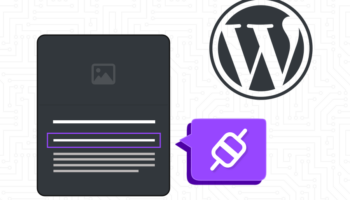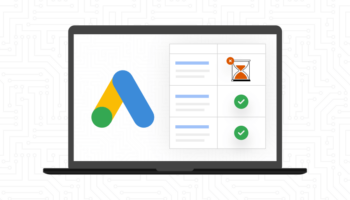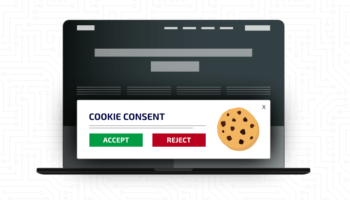Gutenberg was released over half a year ago with WordPress 5.0. As with most big changes it came with mixed emotions, but since its inclusion into core there have been a lot of additions to the editor, and people seem to be warming up to it more and more. In this article, we will go over some of the changes that the community has been adding as well as look at what to expect in the future.
Enhancements and Improvements
After the release of the Gutenberg block editor into WordPress core on December 6th of 2018, contributors didn’t slow down. Before the release, there were already plans in place for many improvements and additional blocks to be added.
Block Manager
Gutenberg by itself comes with a lot of blocks out of the box, and with the addition of third-party plugins, you can add even more. This can make the editor daunting with too many options. The addition of the Block Manager gives you the ability to remove some of these blocks from your editor, allowing you to quickly find the blocks you frequently use.
Group Blocks
As you build your content you may use a group of blocks that work off of one another. The ability to group these blocks can help you manage and arrange them as a complete component.
Columns Block
Columns Block is one of the backbones of the block editor, allowing users to create a multi-column layout with ease. This has seen a lot of improvements over the past few releases, with the new block appender for easily adding the nested blocks and the long-awaited support for setting column widths.
These improvements are only a few of the more impressive ones made, but there have been many more. To keep up-to-date, please check out the make.wordpress.org blog #gutenberg.
Future of Gutenberg
The Gutenberg Team and contributors have been hard at work on the next phase of the project. Improvements to performance are accessible with the addition of the snackbar notice and a fleshed-out block-based widgets screen, currently available in the Gutenberg plugin under “Widget Blocks (Experimental).” For more information, you can watch the great talk Matt Mullenweg gave at WordCamp EU this past July, where he laid out the roadmap for Gutenberg.
If you would like to help shape the future of the WordPress editor, think about becoming a contributor. Contributors can do everything from simple testing and feedback to committing documentation and code.





